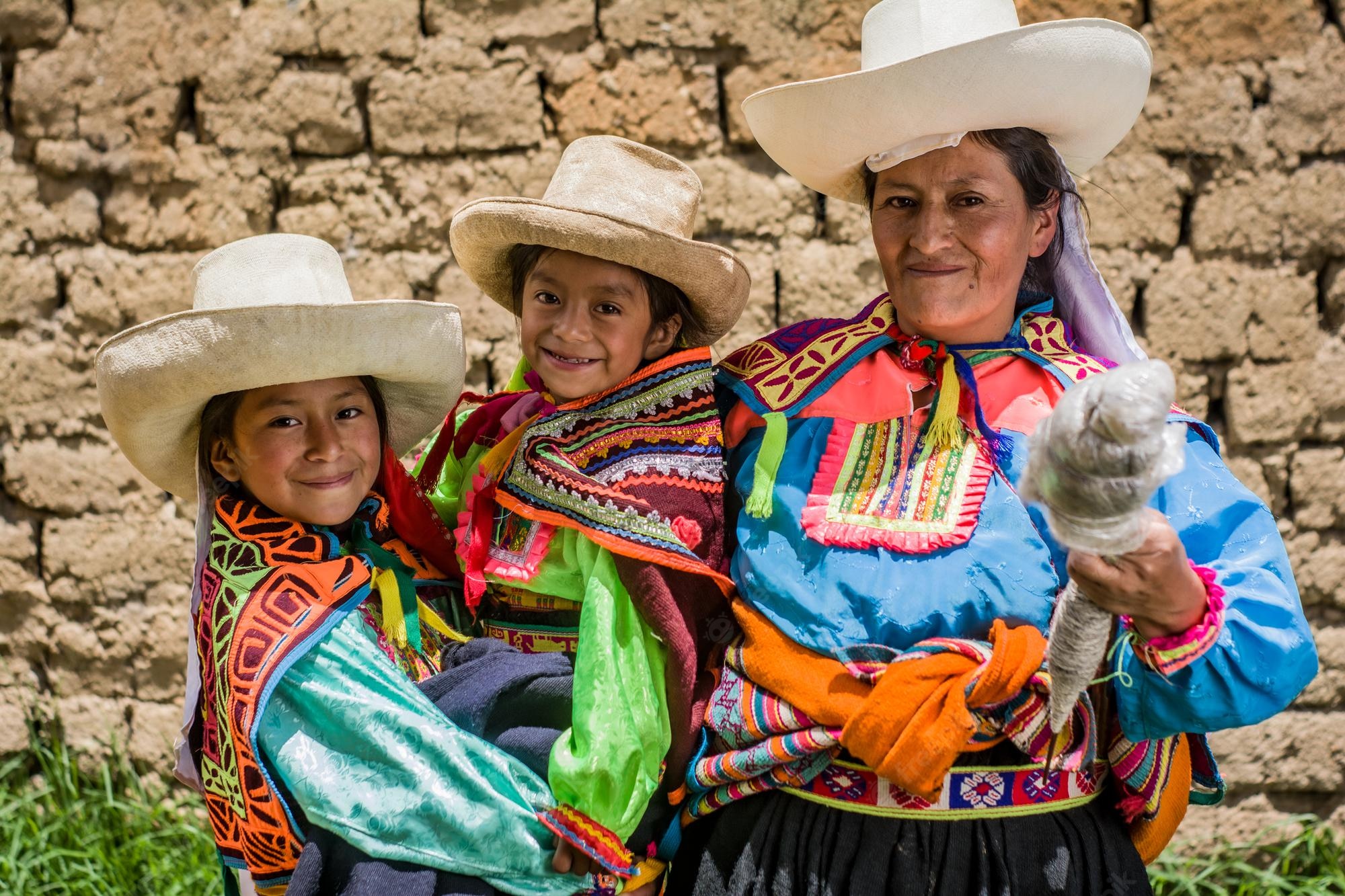Also known as Willkakuti (meaning ‘return of the sun’) and called ‘Año Nuevo Andino Amazónico’ in Spanish, it celebrates the winter solstice in the Southern Hemisphere.
In the Southern Hemisphere, the longest night of the year takes place on June 21st, the winter solstice. Since ancient times, knowledge of the changing seasons was vital to farmers in the region. No more so, than in the harsh highlands of the Andes.
The winter solstice marked a welcome end to Winter and also the start of the new agricultural season. The word Solstice comes from the Latin ‘solstitium’ meaning ‘Sun stands still’ because the movement of the Sun’s path north or south appears to stop before changing direction At key places such as Tiwanaku, the imposing megalithic structures are said to have been designed with astronomical dates in mind, such as the Gate of the Sun, whose markings are meant to represent the solstices and equinoxes.
Even today, the ruins at Tiwanaku is the main venue for marking the solstice with thousands of Bolivians and tourists coming to see the early morning sunrise on June 21st. The new declaration of the new holiday has not been without its opponents. Only 20% of the population of Bolivia would be considered ethnically Aymaran, so it has been questioned as to why the whole country, consisting of over 30 ethnic groups, gets a holiday to mark this regional cultural event. Others have pointed out that there is little evidence that the Aymarans celebrated the winter solstice
